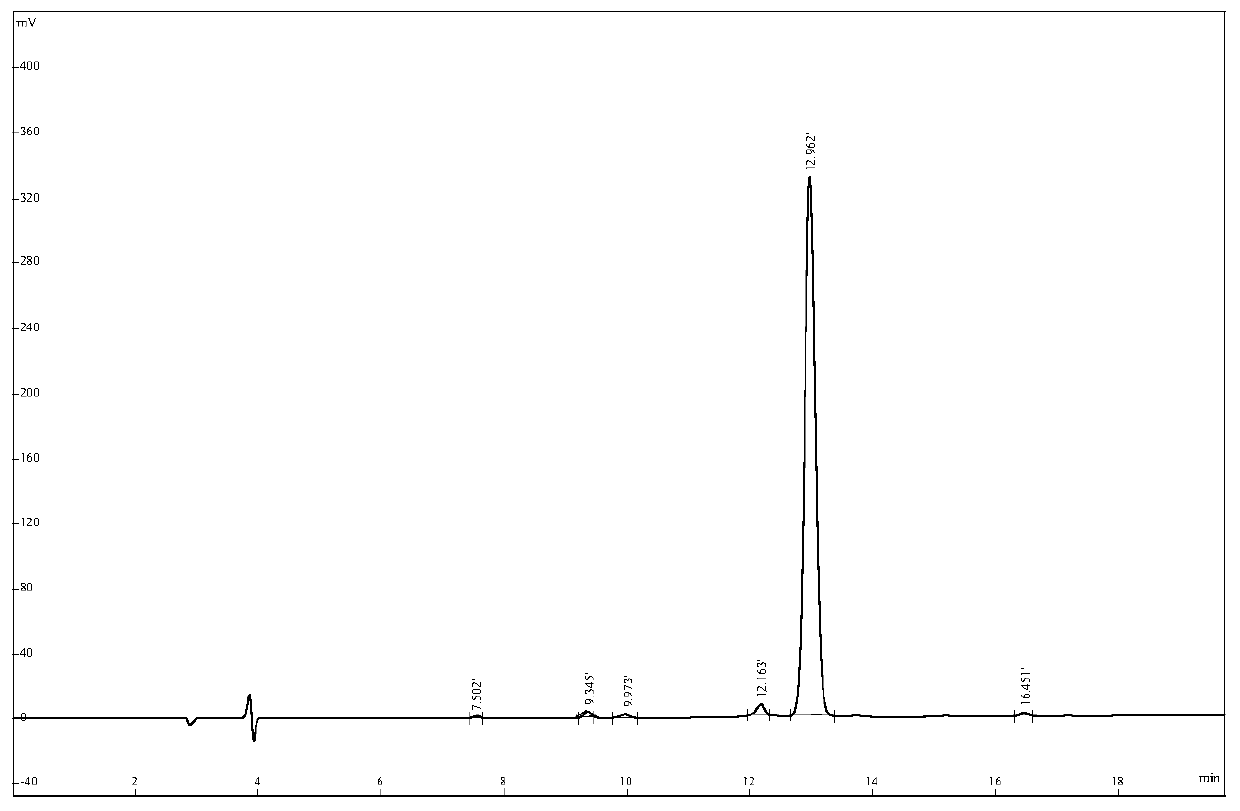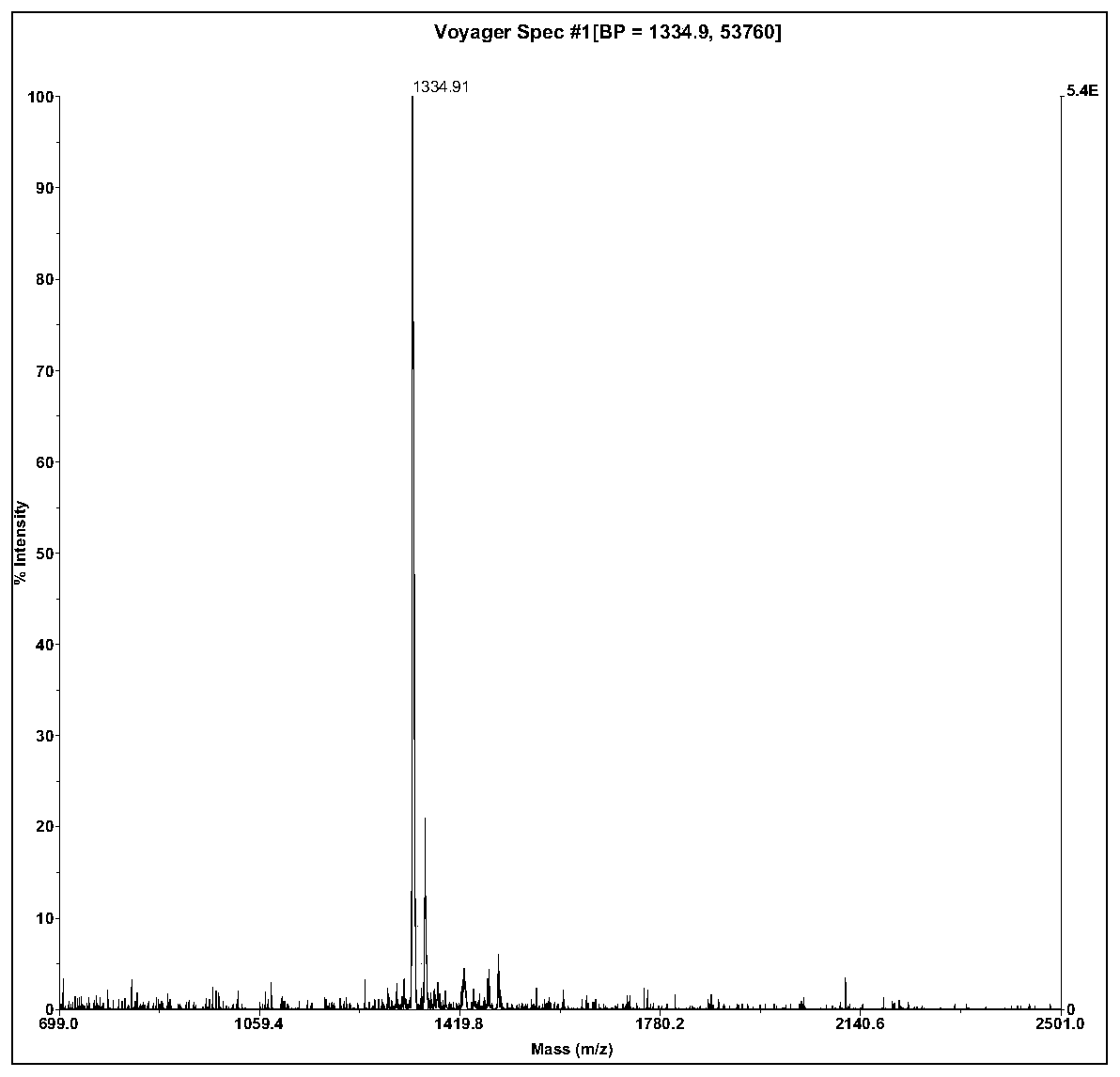Antioxidant Peptides and Their Genes of Frog Rana and Their Application in Pharmaceuticals
A technology of antioxidant peptides and drugs, applied in the field of biomedicine
- Summary
- Abstract
- Description
- Claims
- Application Information
AI Technical Summary
Problems solved by technology
Method used
Image
Examples
Embodiment 1
[0030] Example 1. Cloning of Antioxidant Peptide Gene of Frog
[0031] I. Extraction of total RNA from the skin of Huaji frog: Wash the living Huaji frog with water, put it in liquid nitrogen and quick-freeze for 4h, take the skin tissue, weigh it, take 300mg skin tissue, add 10ml total RNA extraction buffer (Trizol solution, USA GIBCOBRL company product), homogenized in a 20ml glass homogenizer for 30 minutes. Add an equal volume of phenol / chloroform solution, mix vigorously, place at room temperature for 10 minutes, centrifuge at 4°C, 12000 rpm for 10 minutes, and discard the precipitate. Add an equal volume of isopropanol to the supernatant, place it at room temperature for 10 minutes, centrifuge at 4°C, and 12000 rpm for 10 minutes. Wash the pellet once with 75% ethanol and air dry. The sediment at the bottom of the tube is the total RNA of the skin of the frog.
[0032] II. Purification of the skin mRNA of the flower frog skin: the separation and purification of the skin mRNA...
Embodiment 2
[0044] Example 2, Preparation of Antioxidant Peptides from the Flowering Frog
[0045] Ⅰ. Preparation method of Huaji frog antioxidant peptide: According to the gene of Huaji frog antioxidant peptide, the amino acid sequence encoding the functional mature secretion peptide is inferred and the polypeptide is synthesized by an automatic peptide synthesizer. The formation of disulfide bonds adopts the air oxidation method, specifically, the polypeptide is dissolved in a 0.1 mg / ml 0.1% acetic acid solution in a flask, then titrated with ammonium hydroxide to pH 7.8, and then stirred at room temperature overnight. Desalting and purifying by HPLC reversed-phase C18 column chromatography. During purification, liquid A is 0.05%TFA+2%CH 3 CN, B solution is 0.05%TFA+90%CH 3 The gradient of CN, B solution is 30-50% in 20min, the detection wavelength is 220nm, and the peptide appears in 12.962 minutes.
[0046] Ⅱ. The molecular weight is determined by fast atom bombardment mass spectrometry (...
Embodiment 3
[0049] Example 3, the activity experiment of the anti-oxidant peptide of Hua Ji frog
[0050] Ⅰ. Determination of antioxidant capacity
[0051] 1) Determination of DPPH free radical scavenging ability
[0052] Using DPPH (1,1-diphenyl-2-picryl-hydrazyl) free radical scavenging rate determination method to study antioxidant peptides. Prepare a DPPH ethanol solution with a concentration of 1×10-5mol / L and store in the dark. Add 2ml, 0.1mM DPPH anhydrous ethanol solution to a clean test tube containing 2ml samples of different enzymatic digestion, and mix. After being placed at room temperature for 30 minutes, the absorbance was measured at 517 nm. The smaller the absorbance value, the stronger the free radical scavenging ability.
[0053] Clearance rate (%) = [1-(A i -A j ) / A 0 】*100%
[0054] In the formula, A 0 2ml, 0.1mM DPPH absolute ethanol solution + 2ml sample reagent, blank control, A i 2ml, 0.1mM DPPH absolute ethanol solution + 2ml sample, A j It is a sample of 2ml absolute e...
PUM
| Property | Measurement | Unit |
|---|---|---|
| molecular weight | aaaaa | aaaaa |
Abstract
Description
Claims
Application Information
 Login to View More
Login to View More - R&D
- Intellectual Property
- Life Sciences
- Materials
- Tech Scout
- Unparalleled Data Quality
- Higher Quality Content
- 60% Fewer Hallucinations
Browse by: Latest US Patents, China's latest patents, Technical Efficacy Thesaurus, Application Domain, Technology Topic, Popular Technical Reports.
© 2025 PatSnap. All rights reserved.Legal|Privacy policy|Modern Slavery Act Transparency Statement|Sitemap|About US| Contact US: help@patsnap.com



